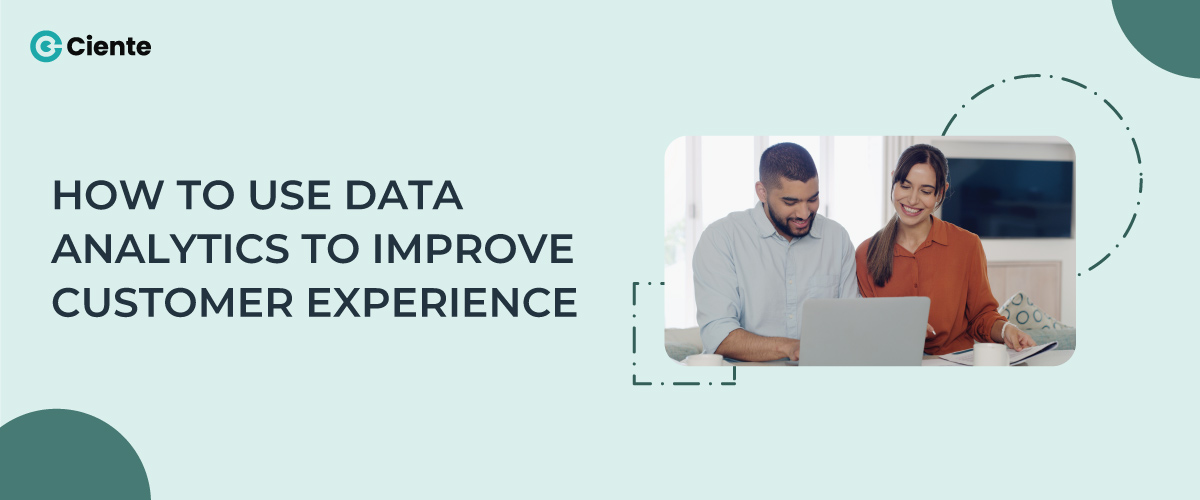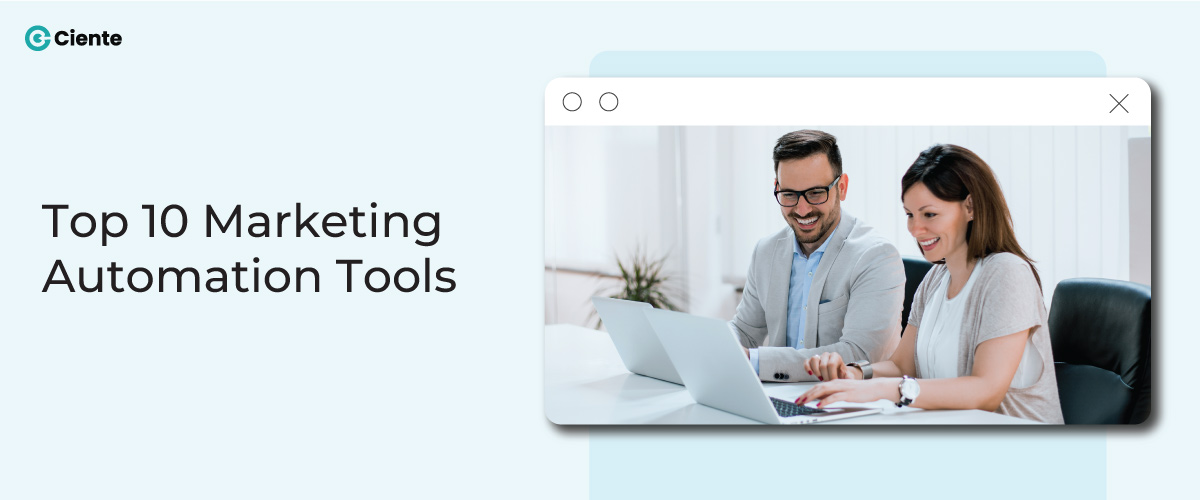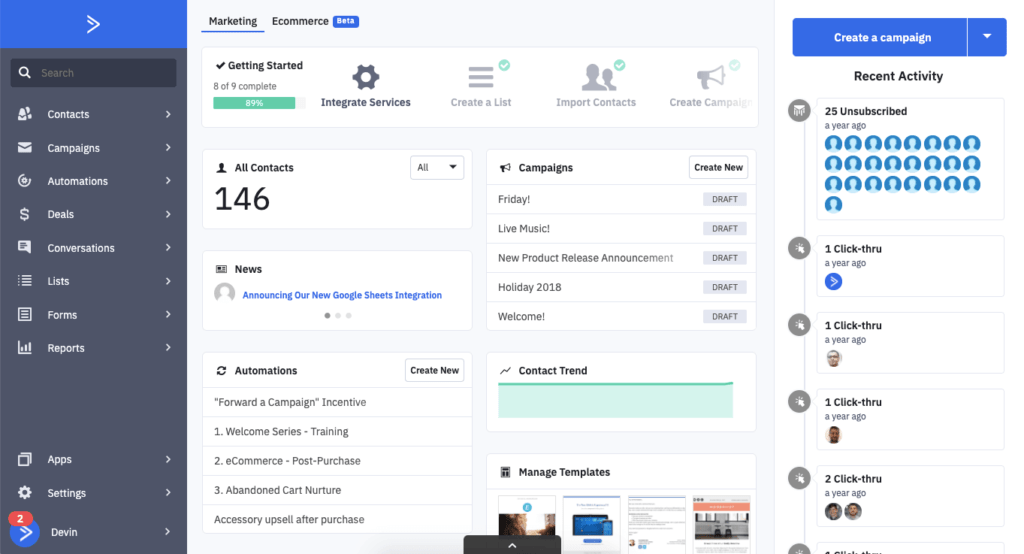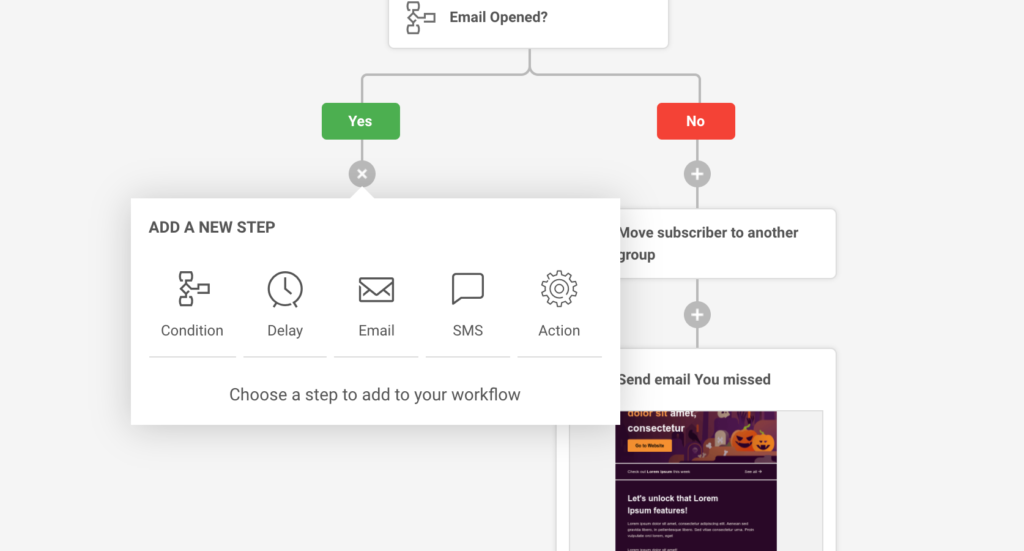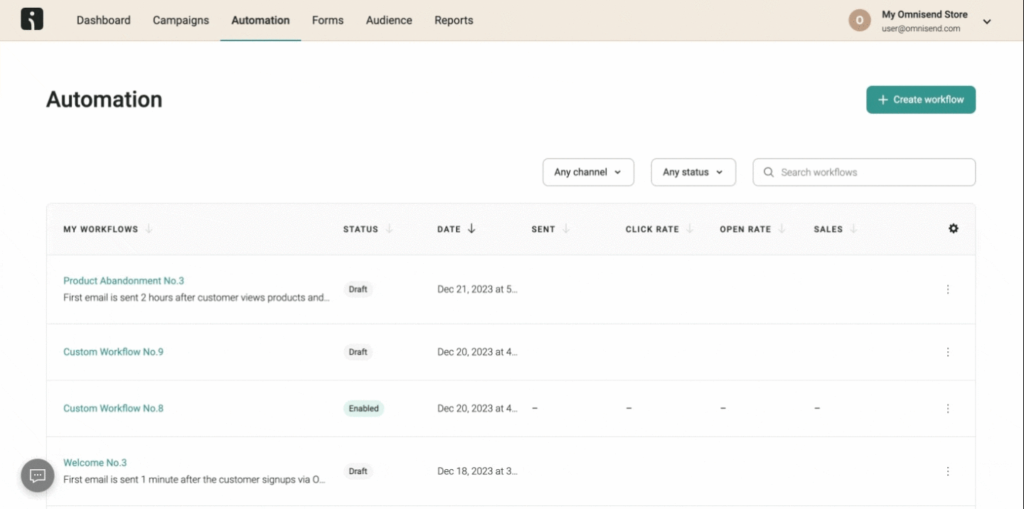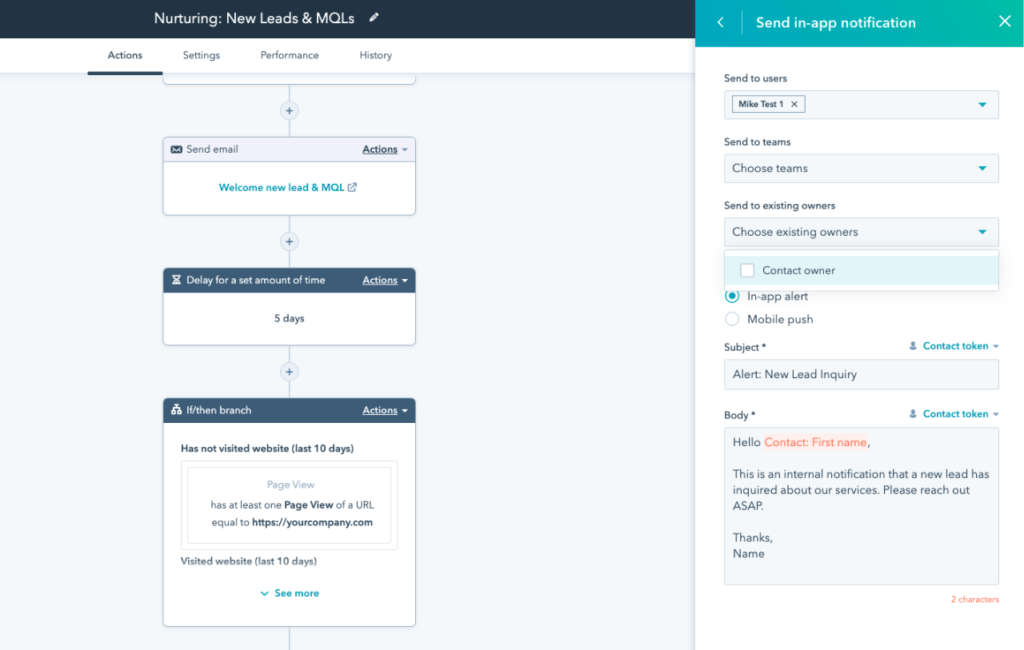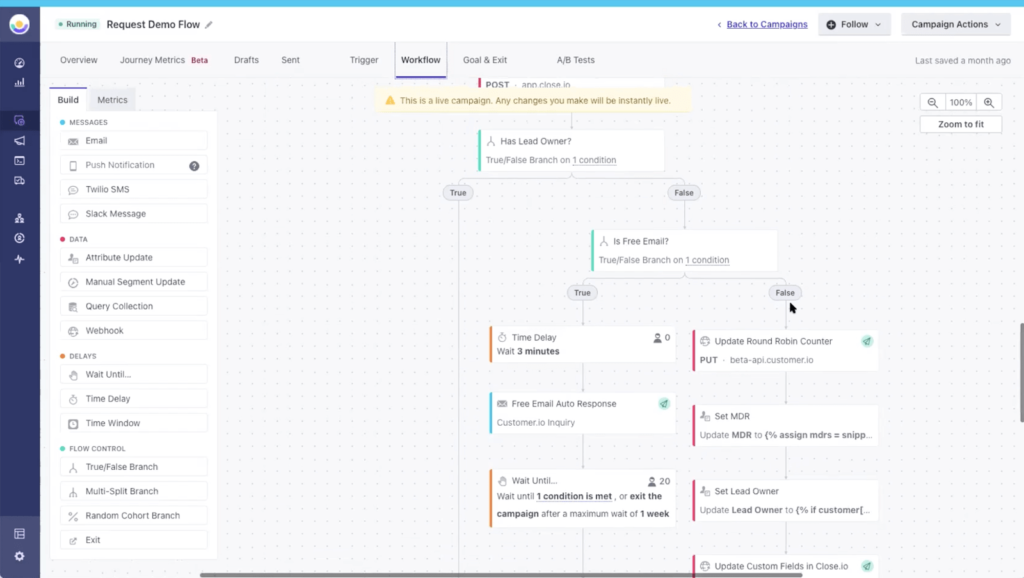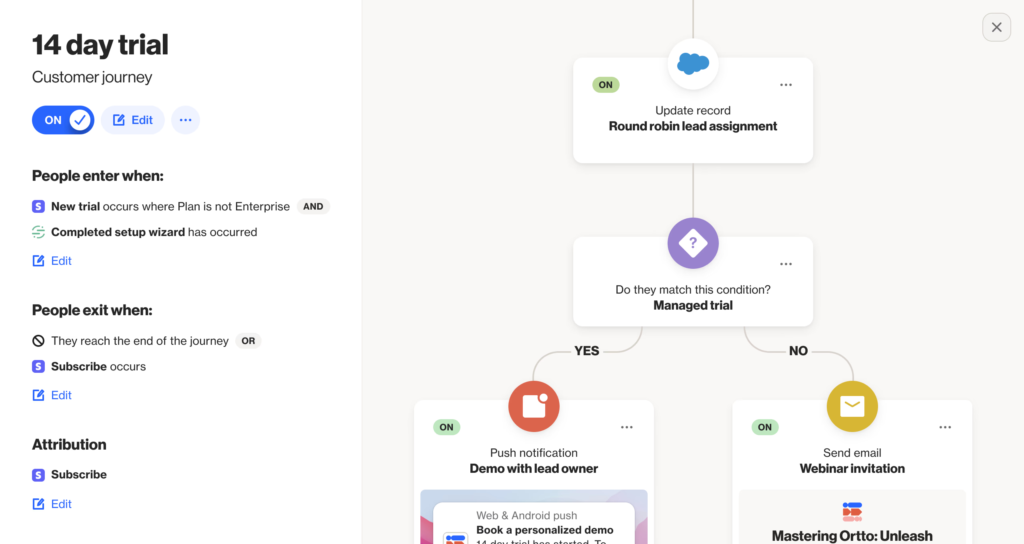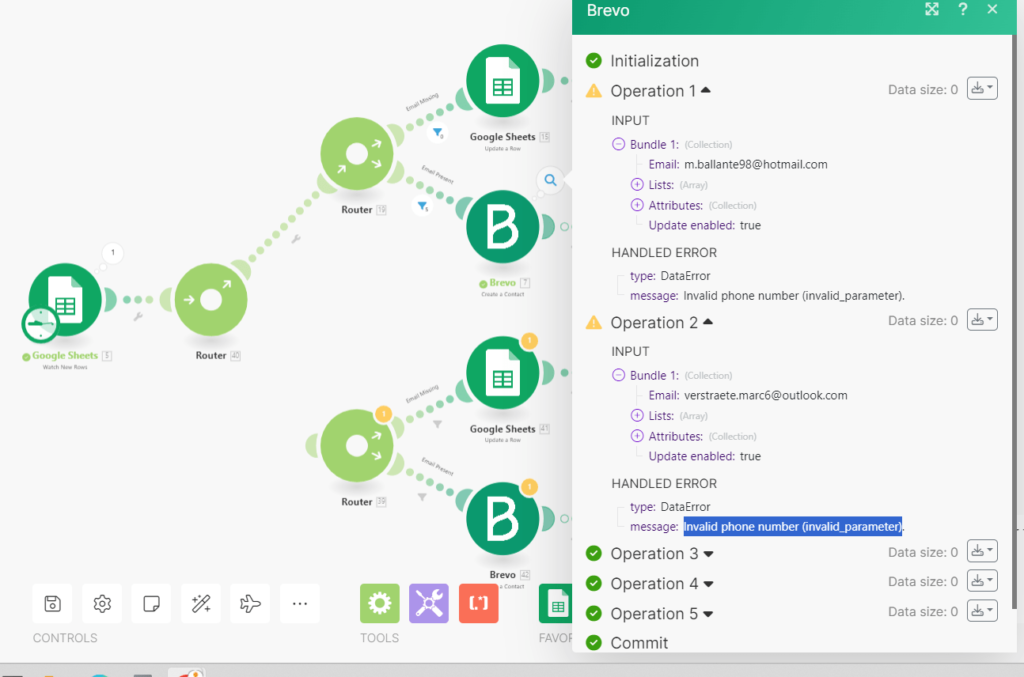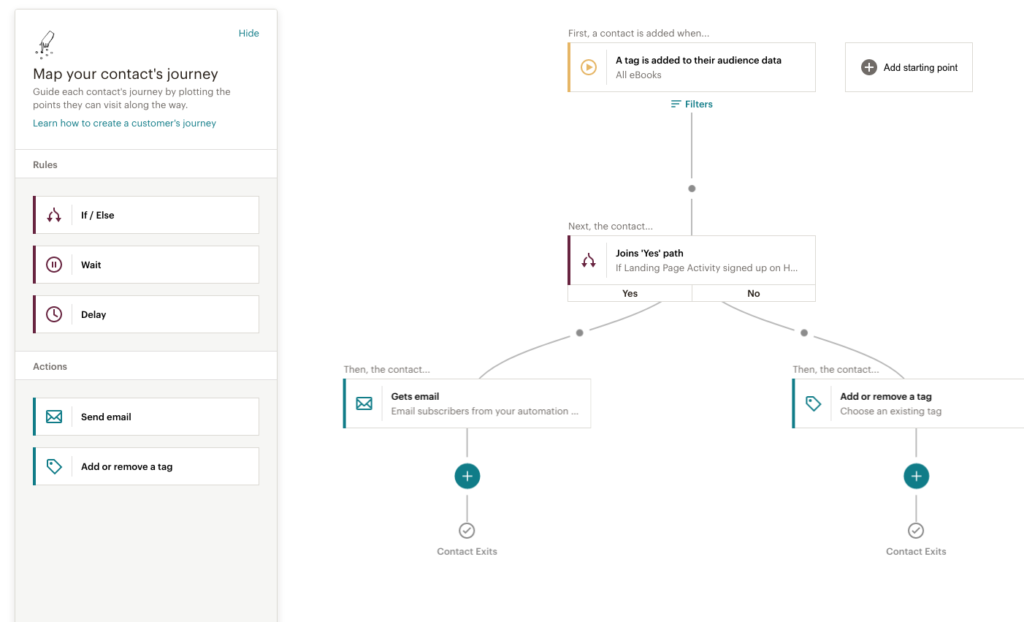Digital Asset Management (DAM): Benefits, Features, Use Cases
All aspects of business operations are transforming into digital, and data is no exception. How can you use DAM software to improve performance efficiency?
Given the flux of digital technologies, managing and organizing digital assets, such as documents, images, videos, and media files, has become a top priority. Digital asset management is the need of the hour. It helps businesses of all sizes seamlessly manage various types of online data.
With this system, you can streamline workflows and maintain brand consistency. It’s like a centralized place to access various media assets of a company. One of the core features of a DAM solution is to optimize the production of rich media, especially within the sales and marketing sectors. What’s more— it can help you establish brand consistency through automatic asset updates and reinforcement of brand guidelines.
Digital Asset Management: Key Benefits
Effective digital asset management is a must-have due to the various benefits it offers:
Reduced production costs
Asset centralization within a DAM system enables organizations to find and reuse assets, reducing production costs and duplicate workstreams. The resulting efficiency helps to bring assets and solutions to the market faster.
Improves organizational transparency
When you implement a DAM system, you experience a clear and comprehensive view of digital assets. In this way, it helps you positively impact management, content planning, and execution. If you are looking for better collaboration among various stakeholders, then DAM software can help you accomplish this goal. It eliminates redundant projects, thus introducing impactful workstreams.
More lead conversion and customer retention
The chances of customer retention are high when you deliver a personalized experience. And with DAM, it gets easy to accomplish this. You can launch relevant marketing materials at the right time to enhance customer engagement. This can accelerate the buying cycle and nurture strong customer relationships with your brand. When there is more customer satisfaction, they are likely to convert into paying accounts and possibly come back for your products/services.
Improved brand consistency
While creating digital materials, be it webinar content, videos, or images, it is important to maintain consistency and align with the brand’s voice. When you use DAM software, it creates consistency across all messaging, visual representation, and other means of brand adherence. Moreover, it allows functional areas and business units to reuse creative files and other assets for conveying the same voice to the market. DAM solutions protect brand identity, irrespective of the teams that share the digital data. By maintaining consistency, it simplifies brand management and the delivery of a positive customer experience.
Better compliance
You cannot deny that it is essential to comply with licenses, legal documentation, archives, and other assets that are important for meeting industry-driven regulatory compliance requirements. This applies to industries of all domains and sizes. With improved compliance, you can easily organize and rapidly retrieve digital materials, which saves you time and resources. DAM also makes sure that your sales and marketing teams utilize only digital assets they have usage rights on.
Increased Content Value
Incorporating a digital management solution allows you to streamline your content strategy, delivering high value throughout the asset lifecycle. With this system, you can swiftly find, organize, or repurpose the existing content. Your sales and marketing teams can easily share digital files, which increases brand reach.
Boosts productivity
Since DAM seamlessly aligns the marketing teams, strategy, and digital assets. It allows you to invest more time towards asset creation, thereby increasing productivity. With better performance efficiency, customer engagement is also likely to improve.
Steps involved in the application of DAM Software
When using digital asset management software, these steps will enable successful implementation:
1. Creating the asset
The first step of the DAM process involves creating and preparing different multimedia files using standardized templates and formats. Standardization helps to easily capture, recognize, and sort out documents for simplifying search and data retrieval.
2. Encoding and indexing
The next step is to work on the metadata— descriptive information added to the assets for context. It is an essential ingredient of the DAM process, helping with indexing—the process of systematically cataloging and organizing digital assets that makes asset search easier.
3. Implementing workflows
In the third step of using the DAM system, you integrate digital assets into relevant workflows, projects, or processes. You can link them to specific tasks, projects, or campaigns. By this stage, you have already assigned metadata and completed the indexing. Now, you can apply task and process automation to streamline DAM.
4. Version control
B2B businesses are dynamic, where the data is in a state of flux. Given such circumstances, companies may experience a regular inflow and outflow of resources and restructuring. Version control helps to update the data that is continuously changing. With this feature, you can ensure that the digital assets you utilize are up-to-date. It allows you to keep tabs on the changes, revisions, and data updates. This applies to the multiple versions or iterations of a digital asset.
5. Governance through permissions
In this step of the DAM process, focus on establishing policies, procedures, and guidelines. With each of these deliverables, you can govern the creation, use, management, and lifecycle of digital assets. This will allow you to authorize personnel and conserve resources from unauthorized use, corruption, or loss.
The Key Functions of DAM Software
When you integrate a digital asset management solution, it helps you organize, store, and retrieve different digital files seamlessly. From creating and redistributing assets to archiving, reusing, and retiring, these solutions go through a lifecycle of digital assets. Let’s take a closer look at these:
Create Digital Assets:
Some DAM tools may come with built-in image and video editing features that fast-track the asset creation process.
Edit & Review:
A digital asset management solution makes it easy to collaborate with built-in tools for commenting, annotation, and version control. This function allows multiple users to share feedback and suggestions on the same asset.
Integrations:
DAM offers users the flexibility to integrate with other tools like content management systems and project management platforms.
Distribution:
Integration of DAM allows you to effectively manage the distribution of finalized assets along with other tools like content management systems or social media platforms.
Tracking and archiving:
After a project is completed, DAM solutions ensure that your assets are organized as per the categories, such as date, metadata tags, or file type.
Safe storage:
These solutions can safeguard digital assets from unauthorized access or modification. You can achieve this by setting user permissions and roles and implementing encryption for an extra layer of protection.
Data search and retrieval:
When the files are archived, you can access tools for organizing, indexing, and searching digital assets. Some of these include AI-powered search functionality.
DAM: Use Cases
Businesses across various domains utilize digital assets for the benefits they offer. Let’s take a look at some of the use cases of this software in the tech domain:
- Your management department can use digital asset management for delivering systematic records and streamlining operations such as talent acquisitions and payroll receipts.
- Your sales and marketing teams can utilize this software for better brand management.
- When the access control depends on the business unit, functional department, or designation, DAM allows you to control access to digital data.
Integrating DAM into your business
You can seamlessly integrate DAM systems into your project management software, image editing software, productivity tools, distribution platforms, and other tools. Since all data assets are now digital, you can almost instantly access the files. Moreover, the production of new marketing materials can be accelerated due to its easy integration. Sales and marketing teams can quickly access approved content and utilize it for social media channels or marketing campaigns.
Summing up
With the world going digital, data and assets such as media files, images, and documents are also being stored online. Digital assets eliminate the hassle of disorganized or incorrect information. If you want to deliver brand consistency while maintaining high productivity, digital assets are your go-to solution. An effective digital asset management software comprises features that enable management of access control to digital data. Having up-to-date assets is simplified with DAM, which allows sales and marketing teams to instantly access and share information directly from the platform. Incorporate DAM throughout the buyer’s journey and experience seamless data management.




